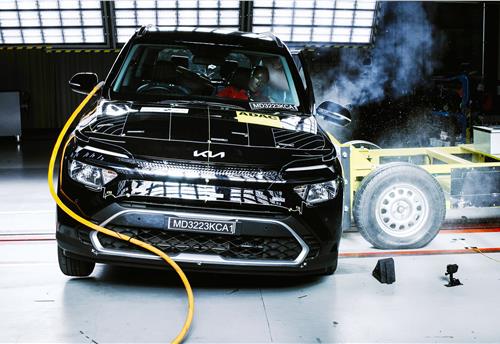Experts debate evolution of vehicle safety in India
Leading officials from the Indian automotive industry comprising representatives from regulatory authorities, key OEMs and suppliers
Leading officials from the Indian automotive industry comprising representatives from regulatory authorities, key OEMs and suppliers, and also dealers today spoke on the need to evolve on the front of in-vehicle safety requirements in India.

L-R: Ashok G Joshi, Senior GM - Vehicle Attributes & Technical Services, Tata Motors;
A V Mannikar, Senior Deputy Director and Head (Passive Safety and Safety & Homologation Labs), ARAI; Sumantra B Barooah, Associate Editor, Autocar Professional; S Vishwanath, Director - Transportation, TE Connectivity India; and Vidyakant Revankar, Deputy General Manager (Safety Systems), Mahindra & Mahindra.
The seminar, jointly organised by TE Connectivity and Autocar Professional today in Pune, saw A V Mannikar, senior deputy director and head of department, Passive Safety Laboratory, Automotive Research Association of India (ARAI); Ashok Joshi, senior general manager, Vehicle Attributes and Technical Services, Tata Motors; Vidyakant Revankar, deputy general manager, safety systems, Mahindra & Mahindra; and S Vishwanath, director, Transportation, TE Connectivity debate a wide spectrum of topics pertaining to in-vehicle safety.
Giving ARAI’s perspective, A V Mannikar focussed on the safety homologation roadmap, which covered adopting and aligning the UN ECE regulations for the Indian automotive industry. Besides talking about the focus on child safety and adoption of crash standards for passenger cars, he also highlighted the proposal for Bharat New Vehicle Safety Assessment Program (BNVSAP) and the new road transport and safety bill 2014.
As safety standards are evolving with time, ARAI too is gearing up by modernising its testing capabilities in the areas of active and passive safety. The regulatory authority is known to conduct tests such as frontal crash, offset collision, side collision, pedestrian impact, bus rollover, seat and seat anchorage, side and rear underrun and many others.
Talking about the factors that influence in-car safety, Tata Motors’ Ashok Joshi disclosed the upcoming technologies that help prevent vehicular accidents and in turn save lives. According to him, restraint systems will see more focus in terms of more airbags within vehicles, more pedestrian-friendly front-end designs such as pop- up bonnets, and capabilities of absorbing higher impact energy in the bumper area. “Advanced driver assistance systems along with related electronics and accident avoidance technologies such as lane departure and electronic stability controls and adequate lighting systems will see increased focus,” he added.
Talking about Tata Motors’ approach on equipping a car with adequate safety features, he said: “We offer model variants that go beyond the regulations and are equipped with airbags, ABS, ESP, seatbelts with pre-tensioners and others. The Tata Zest is a recent example and the customer preference to these variants is a very encouraging indication that they want safety features in their cars. We are preparing to develop products that would take into consideration the upcoming BNVSAP safety protocols.”
Giving a common example of an aftermarket fitment of bull bars (usually installed / fitted on the front end of cars), Joshi cited that “car owners go for bull bars on their front end because they think that these bars will save the bumper from scratches and damage in case of an accident. However, in such a situation, these bars may confuse the airbag sensors, causing more harm.”
Vidyakant Revankar of M&M emphasised steps pertaining to prevention, injury and risk mitigation, vehicle damage and personal security. “Most of the components that are used as safety features with passenger cars in India are currently imported, making safety an expensive affair. However, it is the entire ecosystem that has to jointly work towards making our cars safer. This includes the government and regulatory authorities, policies, implementation, finance and insurance firms, supplier and OEMs.”
Highlighting the benefits of the recently launched Autosafe kit for OEM dealers and automotive technicians (pictured above), S Vishwanath of TE Connectivity, a US$ 14 billion supplier of electrical and electronic components to the automotive industry, said, “Our aim is to promote the benefits of this tool kit with the OEMs as well as in the aftermarket. Crimping is the foundation for any wire-to-wire connectivity, and improving factory level crimping at service stations will ensure safer connectivity while addressing accessories after purchase.”
The seminar was attended by industry professionals from across the value chain covering OEMs, suppliers and dealers.
RELATED ARTICLES
Ford to build more EV software capability at Chennai tech hub
Ford Business Solutions India, which currently employs 12,000 personnel set to add 3,000 more; Ford, which is known to b...
ASK Automotive to set up JV with Aisin to sell aftermarket parts for cars
Ask Automotive will have 51% of the equity of the joint venture to be set up with Aisin Asia (Thailand) Company and Aisi...
Kia Carens gets 3-star Global NCAP rating in fresh tests
The Carens MPV, which was tested twice under the new protocol, scored zero stars for adult occupancy in the first test.





 25 Mar 2015
25 Mar 2015
 9246 Views
9246 Views



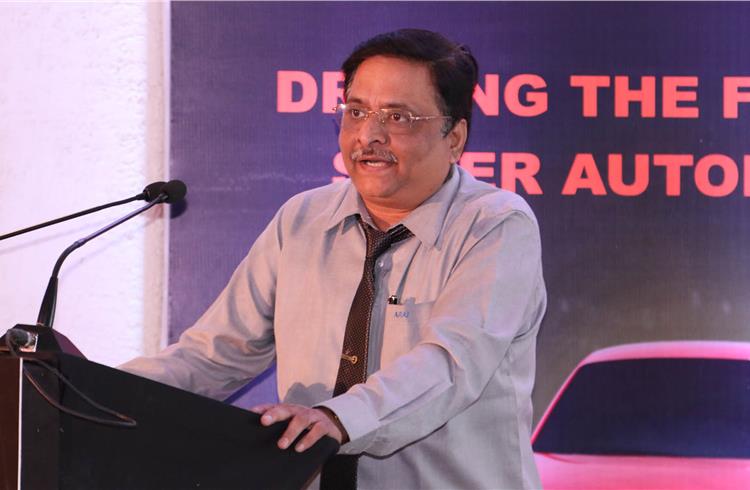

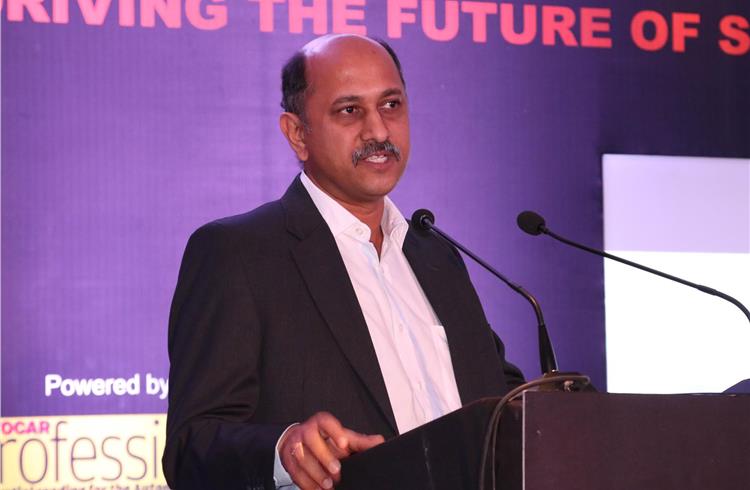



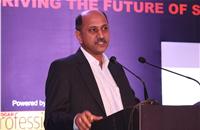

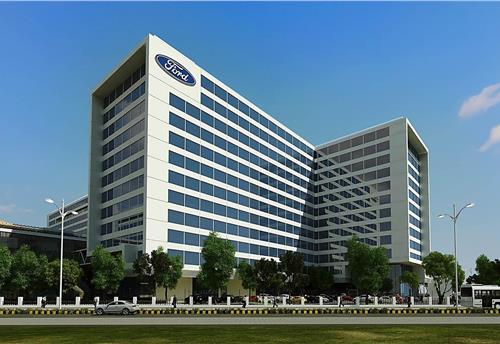
 Autocar Pro News Desk
Autocar Pro News Desk


